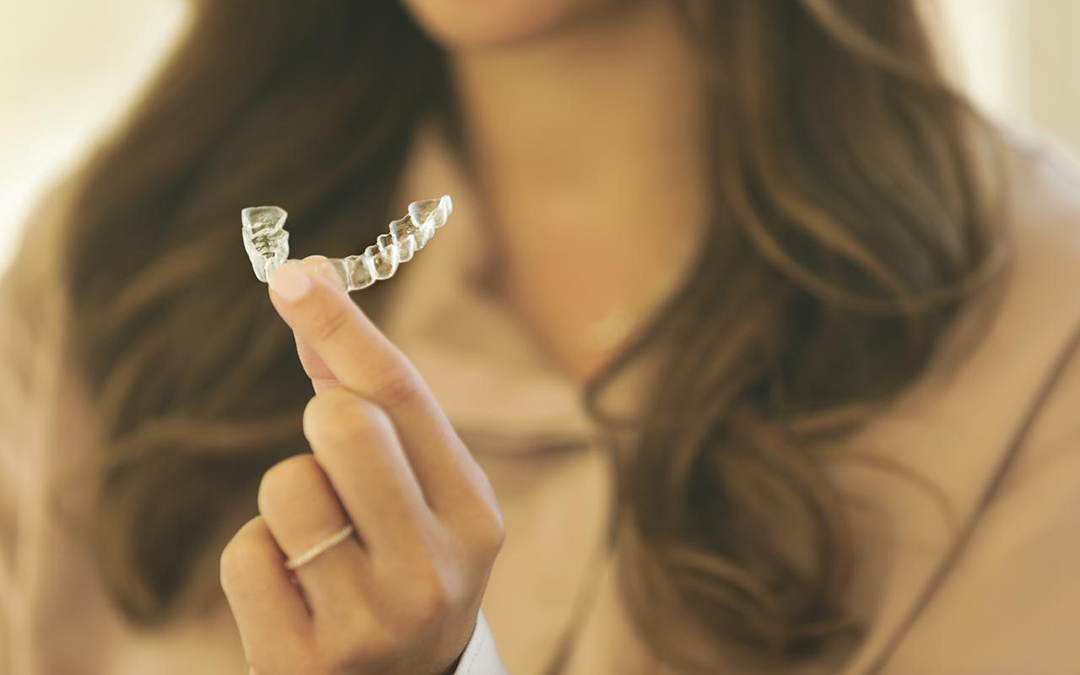There are a few different types of retainers that you can choose from. The type of retainer you choose will likely be based on your preference and the recommendation of your orthodontist or dentist.
The most common types of retainers are:
Wire retainers
Wire retainers4 are made from a combination of wire and acrylic, fitting at the back of your teeth — with the acrylic part being moulded to the roof of the mouth/palate.
The retainer's wire part helps keep your teeth in place, while the acrylic part sits against your palate. Similar to clear retainers, wire retainers are usually removable, which means you can take them out to eat, drink, brush your teeth, etc.
They can feel a little bit invasive and chunky at first, as they are quite big. This size can also affect the way you speak, which shouldn't be much of an issue as you'd normally wear them at night. In some cases, people have also been shown to adjust to the retainer and start to talk normally again in a short while5.
Permanent retainers
Also called “fixed retainers” or “bonded retainers6”, permanent retainers are just that — they are fixed or bonded to the back of your teeth, usually your lower teeth. They are usually made from a thin wire that is fastened to the back of your teeth.
Permanent retainers can be less noticeable than other retainers, but they are not always an option depending on your teeth straightening journey. They also only retain the teeth that they are bonded to, meaning that the rest of the teeth that are not bonded can still shift. Finally, maintaining hygiene for the bonded teeth is challenging and the area is prone to plaque buildup. Some patients also find permanent retainers uncomfortable.7
Clear retainers











